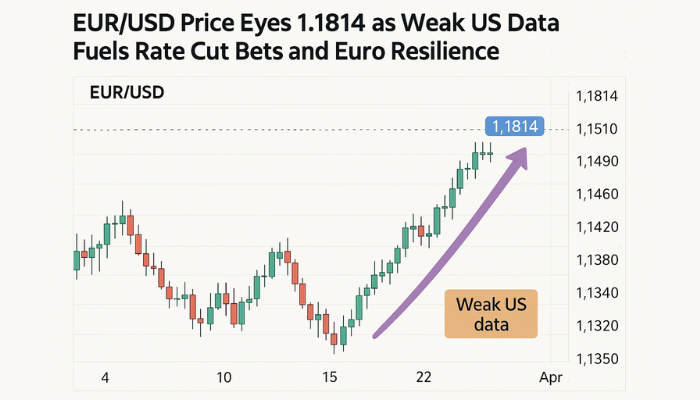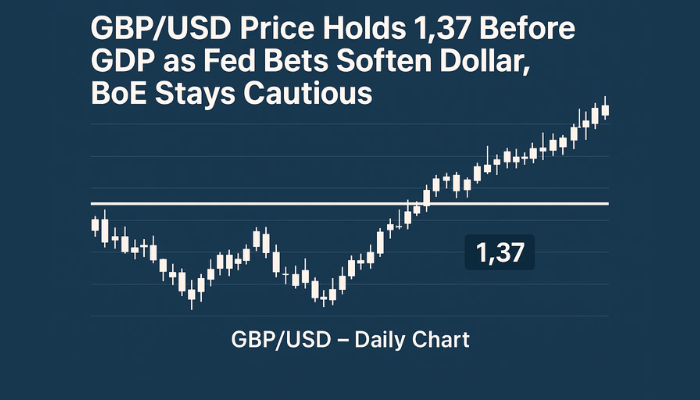AUD/USD Holds Near $0.6349 as China’s Outflows and Fed Cut Loom
The Australian Dollar (AUD/USD) traded flat on Tuesday at $0.6349, facing pressure from both domestic and international economic signals.
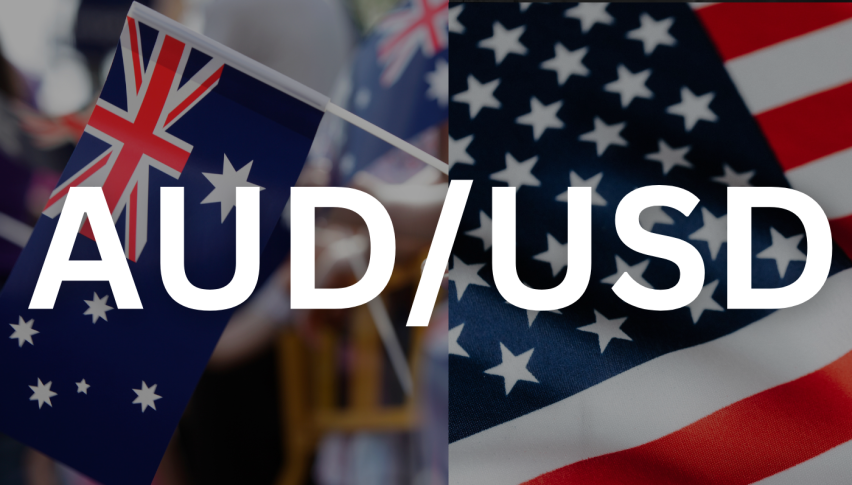
The Australian Dollar (AUD/USD) traded flat on Tuesday at $0.6349, facing pressure from both domestic and international economic signals.
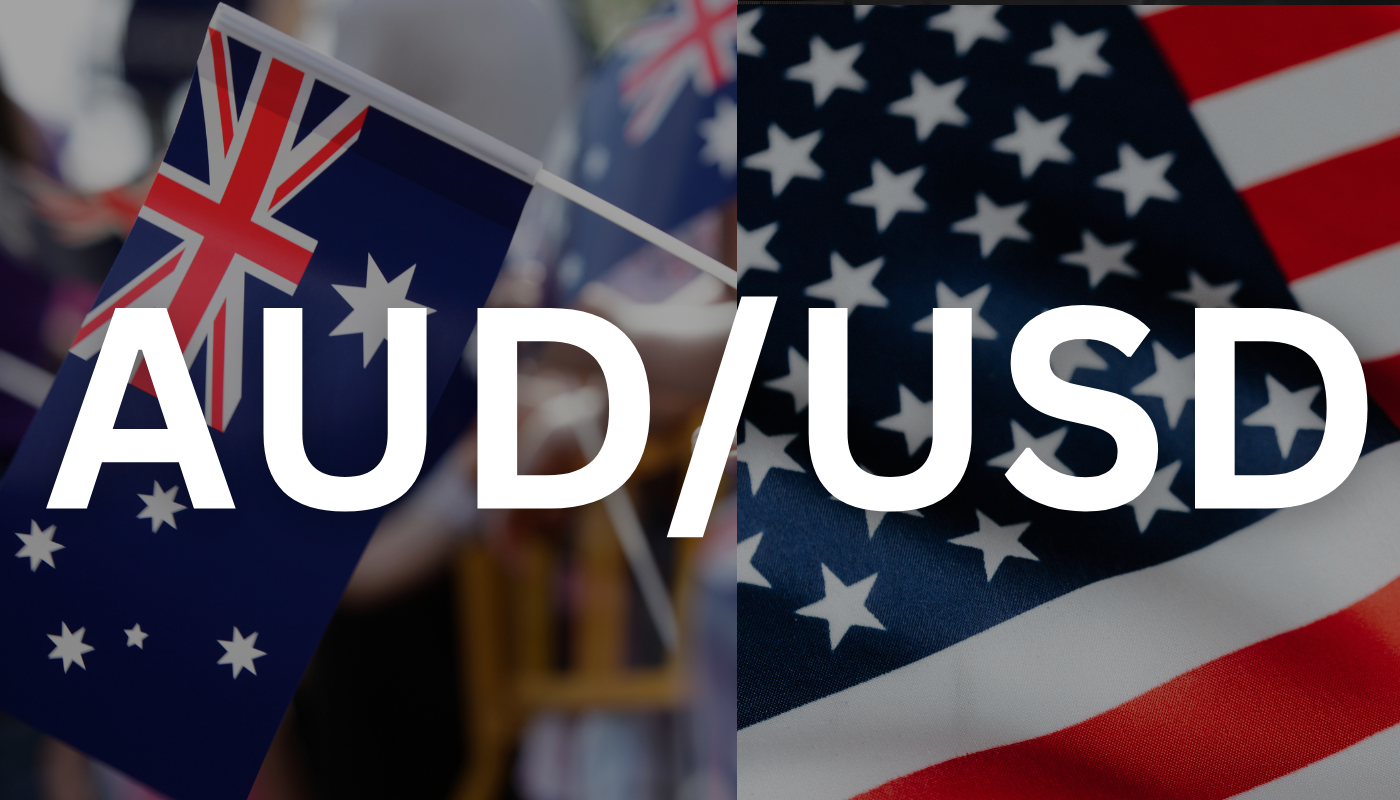
Weak Australian consumer confidence data and record capital outflows from China have weighed on the currency, while global markets remain cautious ahead of the U.S. Federal Reserve’s interest rate decision.
Westpac Consumer Confidence declined by 2% to 92.8 in December, reversing gains from the prior two months as households turned increasingly pessimistic about the economy. Simultaneously, China’s State Administration of Foreign Exchange reported a record $45.7 billion net capital outflow in November, the largest monthly deficit in cross-border portfolio investments.
These developments underscore ongoing economic challenges in China, Australia’s largest trading partner, with the AUD remaining sensitive to such shifts.
Fed Decision Looms Over Global Markets
The U.S. Federal Reserve will conclude its final policy meeting of 2024 on Wednesday, where markets have priced in a 25-basis-point rate cut. According to the CME FedWatch tool, the move is widely expected, but investor attention will turn to the Summary of Economic Projections (dot plot) for 2025 and beyond.
Lower interest rates in the U.S. often weaken the dollar while boosting demand for risk-sensitive assets like the Australian Dollar. However, a more hawkish stance or surprises in Chair Jerome Powell’s comments could strengthen the greenback and weigh further on AUD/USD.
-
Fed’s rate cut fully priced in at 25 basis points.
-
Powell’s outlook for 2025 rate policy remains critical.
-
Strong U.S. Retail Sales or PMI data may drive USD strength.
China’s Economic Struggles Impact AUD Outlook
Adding downward pressure, China’s economic recovery remains uneven. Retail Sales growth slowed to 3.0% YoY in November, missing expectations of 4.6%, while Industrial Production expanded by 5.4%, marginally above consensus. Despite pledges from Chinese authorities to boost fiscal spending in 2024, concrete policy measures remain vague.
In response to U.S. trade policies, China has taken retaliatory steps, including restrictions on critical mineral exports and supply chain disruptions. These tensions have dampened investor sentiment, limiting the AUD’s upside potential.
Daily Technical Outlook: AUD/USD – December 17, 2024
The Australian Dollar (AUD/USD) is trading at $0.6349, under pressure after rejecting the immediate resistance at $0.6377. The pair remains confined within a symmetrical triangle pattern, with lower highs and higher lows, signaling consolidation. The pivot point at $0.6363 holds significance, acting as a dynamic level for short-term direction.
On the downside, immediate support sits at $0.6340, and a break below this could expose the next key levels at $0.6336 and $0.6317. Conversely, resistance remains at $0.6377, with a breakout above opening doors to $0.6400 and $0.6429.
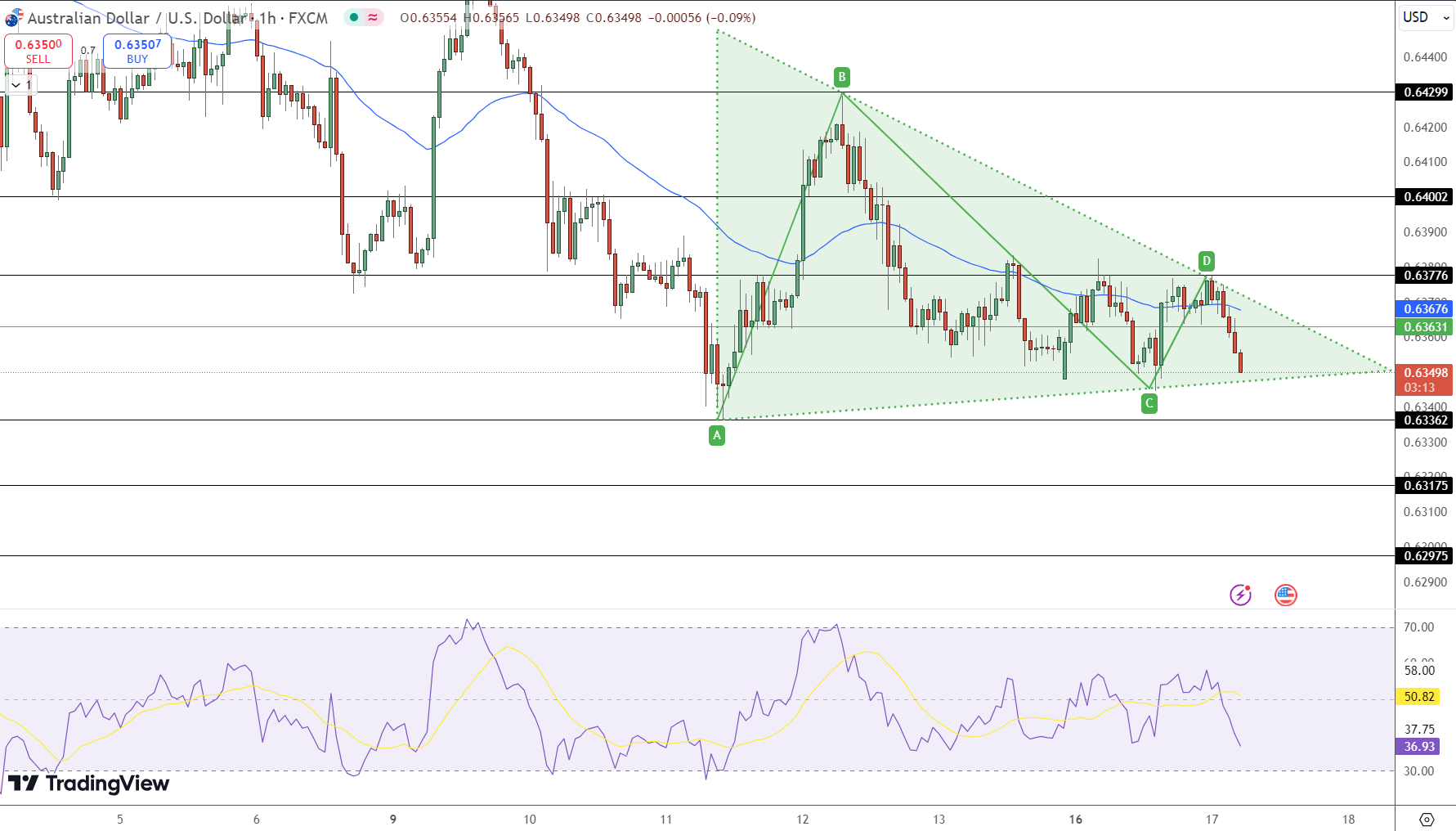
The Relative Strength Index (RSI) has dipped to 36.93, reflecting bearish momentum. Meanwhile, the 50-EMA aligns at $0.6367, adding to the pair’s downward pressure.
In conclusion, a decisive triangle breakout will dictate the next trend, with a bearish move likely below $0.6340 and bulls aiming for $0.6400 on strength.
Key Takeaways:
-
AUD/USD trades flat near $0.6349 amid weak domestic and Chinese data.
-
Fed’s decision on a 25-basis-point rate cut could drive near-term volatility.
-
Record $45.7 billion capital outflows from China weigh heavily on AUD.
- Check out our free forex signals
- Follow the top economic events on FX Leaders economic calendar
- Trade better, discover more Forex Trading Strategies
- Open a FREE Trading Account
